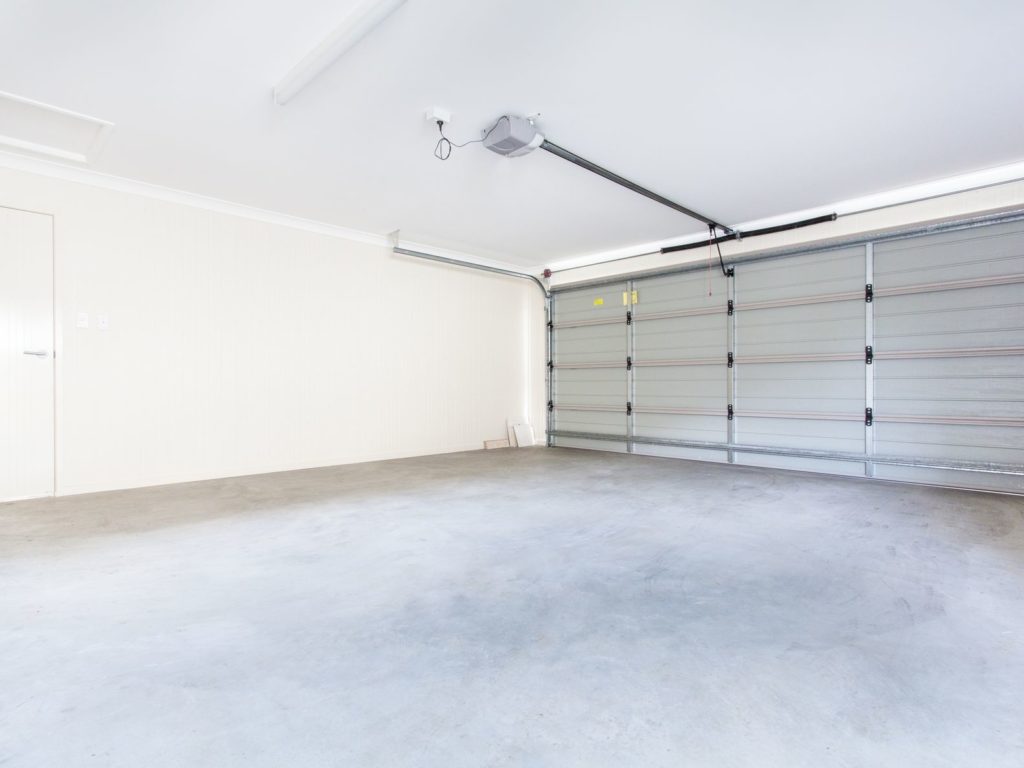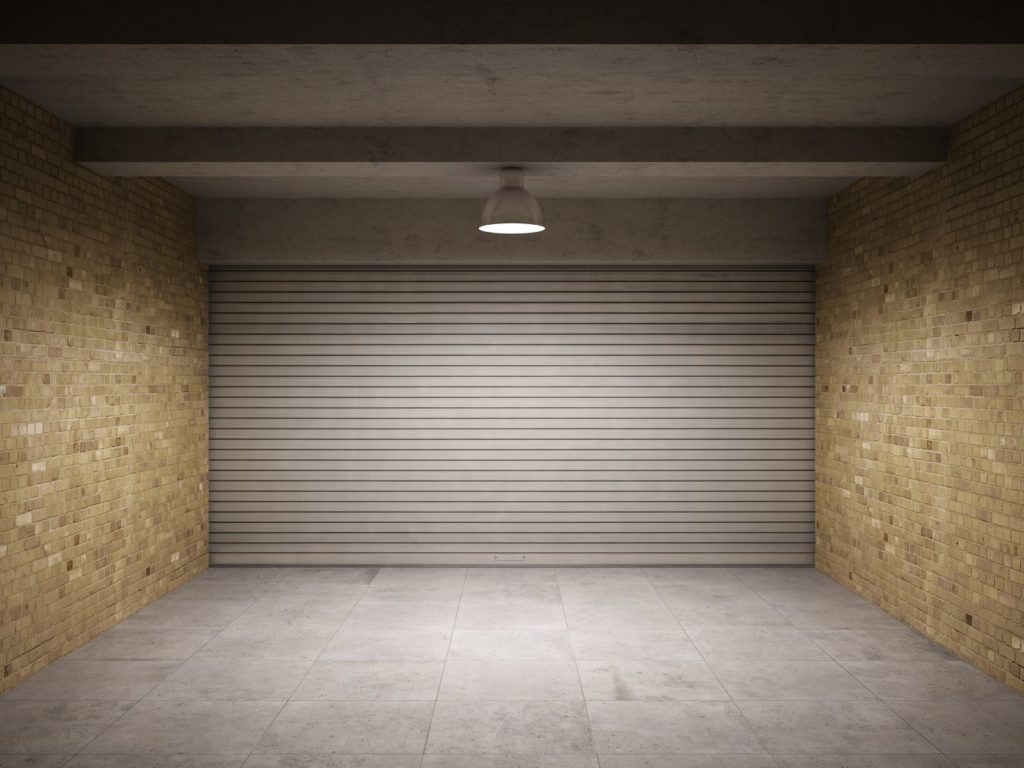5 Garage Floor Coating Pointers for the DIY Homeowner
There's something immensely satisfying about a DIY project. Knowing you completed remodeled something yourself gives you a great sense of pride. A garage floor coating project is a big undertaking, though, especially if you're applying an epoxy coating.
While an epoxy coating gives your garage floor a gorgeous, freshly-painted look, you have to be careful. You don't want to get midway through the project only to realize you used the wrong type of epoxy (or realize you stepped in it and then walked through the house — true story).
By brushing up on these five points before starting your garage floor coating process, you can avoid costly and time-consuming mistakes and ensure a better result once you're done.
1. This Project Takes Time
If you're the type who likes to do a DIY job in a day, you're going to have to have some patience when working with the garage floor.
Whether you want to use an epoxy coating or you prefer garage floor tiles, this is not a one-day or even a two-day project (in some cases), says The Family Handyman. It takes time for the epoxy coating to fully dry, and no one can go in the garage until the flooring is dry. Otherwise, the epoxy can easily stick to shoes. The writer at DIY blog Sunlit Spaces found that out the hard way.
“Be very careful with how you clean up and where you step,” they advise. “This stuff is extremely hard to remove. We accidentally stepped in and tracked it around the driveway. Luckily, we caught it before the setup and were able to spray it off, but the drips and drops we missed did not come off without a fight.”
2. Not All Garage Floors Can Be Remodeled
Before you invest time and money, make sure your garage floor is in good enough condition for the project. Epoxy doesn't work on all garage floors, as The Family Handyman explains: “Test to determine if dampness is coming up through the concrete [of the floor] to the ground. If moisture is evident, your floor isn't suitable for epoxy. Also, forgo the project if a concrete sealer was previously used (you'll know a sealer has been used if water beads up when applied to the surface).”
Even new floors may not be ready right away. “If you're dealing with a new slab, you must wait a minimum of 28 days, preferably two months, for the floor to cure and dry thoroughly before applying a garage floor coating,” The Family Handyman adds.
OK, so what if your floor is indeed good to go? You still have some work to do. The Family Handyman advises first spritzing the surface with a combination of water and acid. “This aids in the final rinse out of the garage so the material will flow more easily down the driveway,” they say. You can mix 12 ounces of 32 percent muriatic acid into a gallon of water to make the spray.
You'll also want to remove any leftover stains, particularly oil stains, before applying garage flooring tiles or epoxy coating “until the greasy feel is gone and water droplets no longer bead up on the surface.”
3. There Are Different Types of Epoxy For Your Garage Flooring
Your floor is now ready for an epoxy coating, but just which kind is the best garage floor epoxy for the project? Shea at All Garage Floors explains your options:
- Polyurethane epoxy — This translucent final layer is necessary for all floor coating projects, as it “adds not only durability and thickness, but it's also what gives your floor that deep gloss and shine.”
- High solids epoxy — This type of epoxy will stand up to chemical spills and stains, making it a great long-term option. “The 100 percent single solids coat system is much thicker and will cure to approximately 10 mils or more depending on the brand,” Shea writes. “In fact, a single coat of 100 percent solids epoxy is more durable than two coats of a typical water-based product.”
- Waterborne epoxy paint — As mentioned above, waterborne epoxy paint isn't as durable as high solids epoxy, per se. However, Shea notes it's a popular choice for homeowners looking to redo their garages because it's “easy to apply and has a longer pot life that reduces the worry of getting it applied as quickly as other epoxy products.”
4. But Follow the Directions for the Epoxy
Sunlit Spaces shares some personal lessons they gleaned when applying an epoxy coating to their own garage floor.
Consider adding some texture to the coating as it dries. The writer noticed “if the epoxy floor gets wet it is as slippery as ice.” With some texturing (which can be added with sand or a brush), slipping and falling become less likely.
Before you get started, make sure you have enough rollers and other supplies. The writer tried to repurpose used rollers and found the color of the final product was off, and it took far longer for the epoxy to dry than it normally would.
Sunlit Spaces also advises against doing this project alone. “We had it so one person rolled on the epoxy and the other was applying the colored chips.” No matter how you want to tackle this project, having someone available to rely on should prevent messes.
Lastly, they suggest following all instructions as printed on the epoxy label per their cautionary tale: “I looked at the time it would take the epoxy to cure and found that we should have plenty of time to get it all down thinking those were conservative approximations anyway. Well, it turns out they are not, and once the epoxy starts setting up it is game over. You are not getting any further with that bucket of epoxy.”
5. When in Doubt, Call in the Pros
If you feel like you're in over your head at any point, or if you started applying the epoxy covering and it just didn't turn out right, you can always reach out to the professionals. Just contact a garage floor repair company near you. They can probably apply epoxy coating from scratch or fix up mistakes any homeowner made along the way.
images by:©zstockphotos/123RF Stock Photo, ©enki/123RF Stock Photo, ©NejroN/123RF Stock Photo



